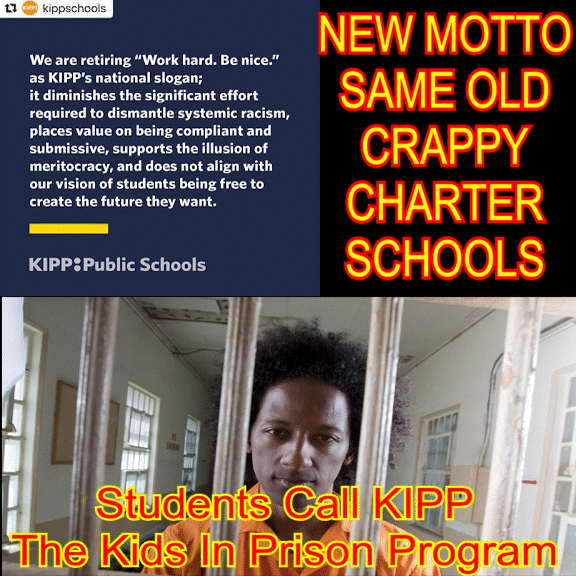‘Big Mess’ Looms if Schools Don’t Get Billions to Reopen Safely
Bus monitors to screen students for symptoms in Marietta, Ga.: $640,000. Protective gear and classroom cleaning equipment for a small district in rural Michigan: $100,000. Disinfecting school buildings and hiring extra nurses and educators in San Diego: $90 million.
As the White House, the nation’s pediatricians and many worn-down, economically strapped parents push for school doors to swing open this fall, local education officials say they are being crushed by the costs of getting students and teachers back in classrooms safely.
President Trump threatened this week to cut off federal funding to districts that do not reopen, though he controls only a sliver of money for schools. But administrators say they are already struggling to cover the head-spinning logistical and financial challenges of retrofitting buildings, adding staff members and protective gear, and providing students with the academic and emotional support that many will need after a traumatic disruption to their lives.
VIRUS DEATH TOLL
In several states where the virus has surged in recent weeks, the death toll is edging up. That may end a long period in which the national toll has steadily declined.
The federal relief package passed in March dedicated $13.5 billion to K-12 education — less than 1 percent of the total stimulus. But education groups estimate that schools will need many times that, and with many local and state budgets already depleted by the economic impact of the coronavirus, it is unclear where it will come from. CONTINUE READING: ‘Big Mess’ Looms if Schools Don’t Get Billions to Reopen Safely - The New York Times


































